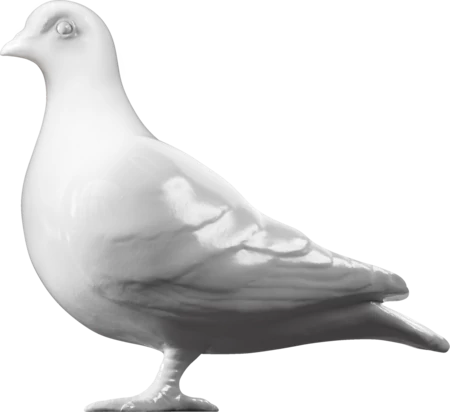Social History — C. 1860
A New Dissected Map of the World
Dissected maps were probably invented by the London printseller John Spilsbury, who designed them as educational puzzles for teaching children geography. They were the prototypes of modern jigsaw puzzles. Dissected puzzles later took the form of race games, poems, nursery rhymes and pictorial scenes. After a fall in demand in the first half of the nineteenth century dissected maps accounted for about a steady fifth of the jigsaw puzzle market from the 1860s. This puzzle was made and sold by William Peacock, the most prolific manufacturer in London during the late nineteenth century. Peacock's career spanned from the 1860s until the early twentieth century. He did not print his own maps, but bought them from other publishers in the City. The map in this puzzle was engraved by G. F. Cruchley, who mainly produced maps for the educational market. Cruchley's shop was located on Fleet Street.
Dissected puzzles like this one were map prints mounted onto wood and then cut into interlocking pieces. On Cruchley's map of the world the countries have been coloured in by hand. The box label illustrates a queen receiving gold from a colonial subject. In the background a ship's mast can be seen. On the globe showing the Americas the Atlantic has been incorrectly described as the Pacific Ocean. The illustration is clearly meant to symbolise Britain's history of exploration and colonial conquest for the Victorian patriotic marketplace.
- Category:
- Social History
- Object ID:
- 58.94/16
- Object name:
- A New Dissected Map of the World
- Object type:
- Artist/Maker:
- Peacock, William, Cruchley, George Frederick
- Related people:
- Related events:
- Related places:
- Production date:
- c. 1860
- Material:
wood, paper
- Measurements/duration:
- H 290 mm, W 330 mm (jigsaw), L 225 mm, W 175 mm (lid), H 43 mm, W 183 mm, D 232 mm (box)
- Part of:
- —
- On display:
- —
- Record quality:
- 100%
- Part of this object:
- —
- Owner Status & Credit:
Permanent collection
- Copyright holder:
digital image © London Museum
- Image credit:
- —
- Creative commons usage:
- —
- License this image:
To license this image for commercial use, please contact the London Museum Picture Library.
